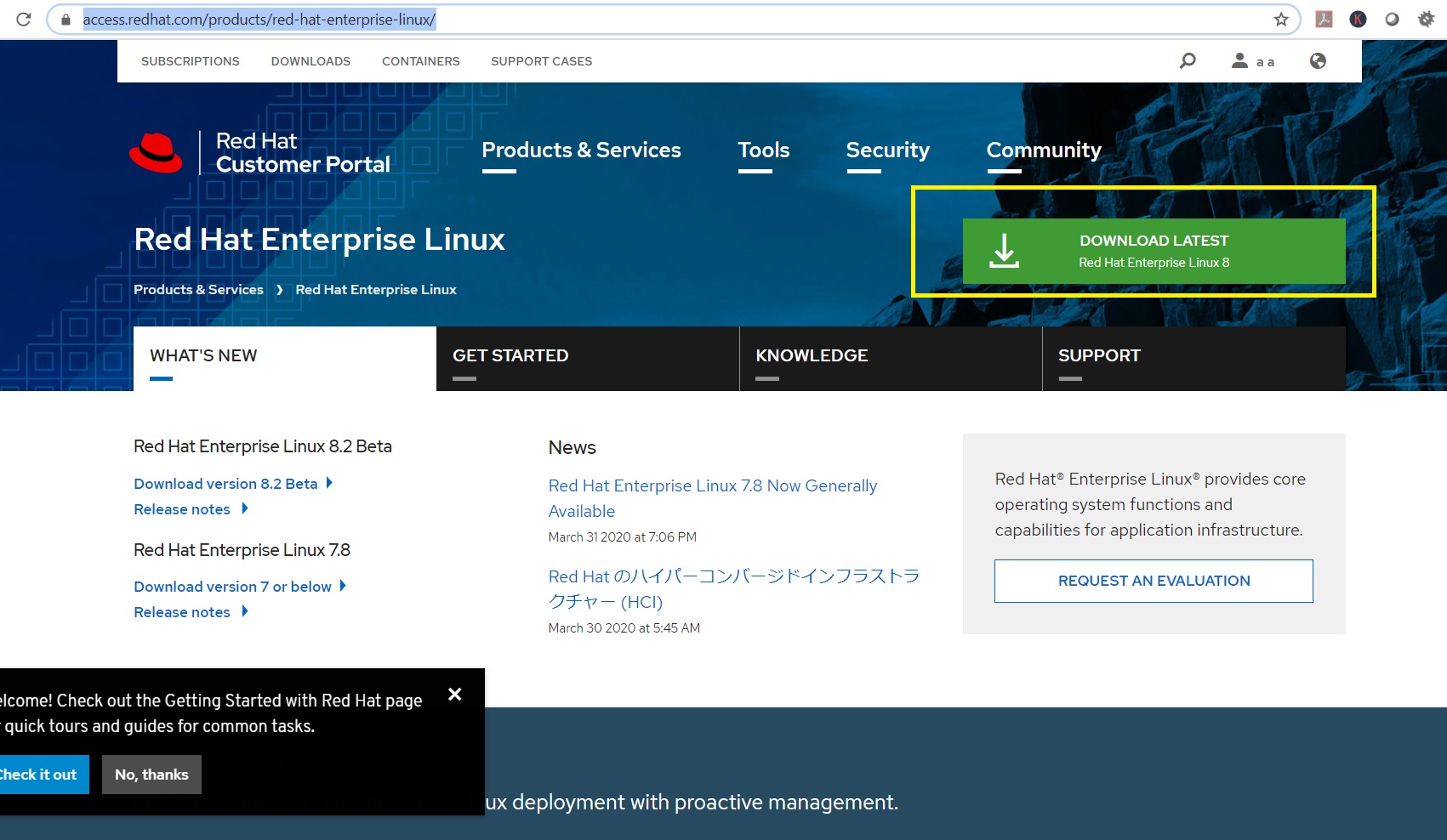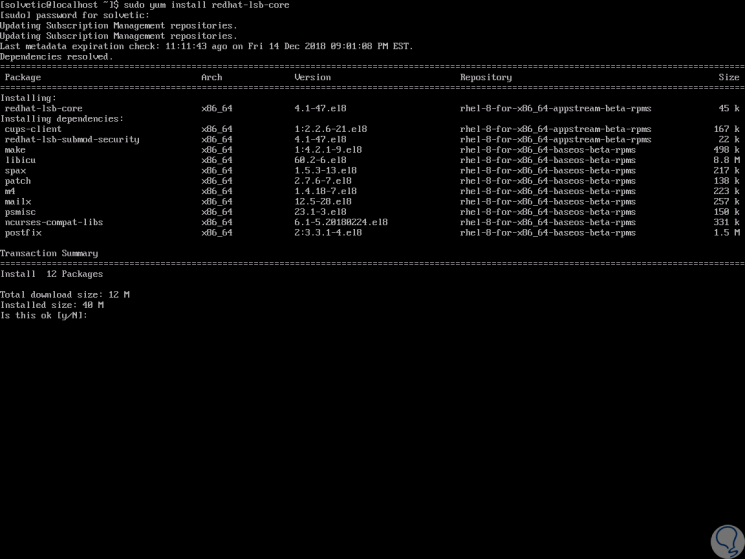


By default, the latest point release for a particular release and x86_64 architecture will be automatically selected.Īt the time I am writing this article, RHEL 8.5 was the latest point release for RHEL 8, so that was selected by default, but you can choose an older release, if that tickles your fancy. You can choose between x86_64 and ARM64 as architectures. You will most probably find 'Red Hat Enterprise Linux' (RHEL 8 in my case) as the first product listed on that list.Ĭlick on RHEL and that will bring you to the page with the options of downloading variants of Red Hat Enterprise Linux. That will bring you to the 'Product Downloads' page. Once logged in, click on the 'Downloads' button that is located at the left-most side to the top bar on the website. So, head over to the Red Hat Customer Portal and sign up for a Red Hat account if you haven't already. Red Hat does not hand out download links to everyone, only to users who have a Red Hat account. Attaching a subscription to your registered system.With that aside, let's see how you can get Red Hat Linux for free. But in case you need technical support for an issue, that will not be provided over an email or phone support service. You can ask for help on Red Hat discussion forum. Those 16 entitlements can be easily taken up if you enroll physical RHEL system ( more info here).You can attach up-to 16 systems to an individual subscription.No access to support when RHEL reaches 'Extended Life Phase'.No technical support over phone/email (but you can still use Red Hat's forums).With a free subscription, what you will miss out on the following items: There isn't much detailed information out there which compares the free subscription to a paid subscription and lists out what you miss out when you have a free subscription.īut, I'll do my best and give you an overview of what it can be. I'll also go over how to register and attach your system to an active subscription. Now that this has changed, let's see how to get RHEL for free.


In January 2021, Red Hat announced a new - free of cost - subscription that was aimed at individuals wanting to use RHEL.īefore that, it was necessary to have a paid subscription to use RHEL.


 0 kommentar(er)
0 kommentar(er)
